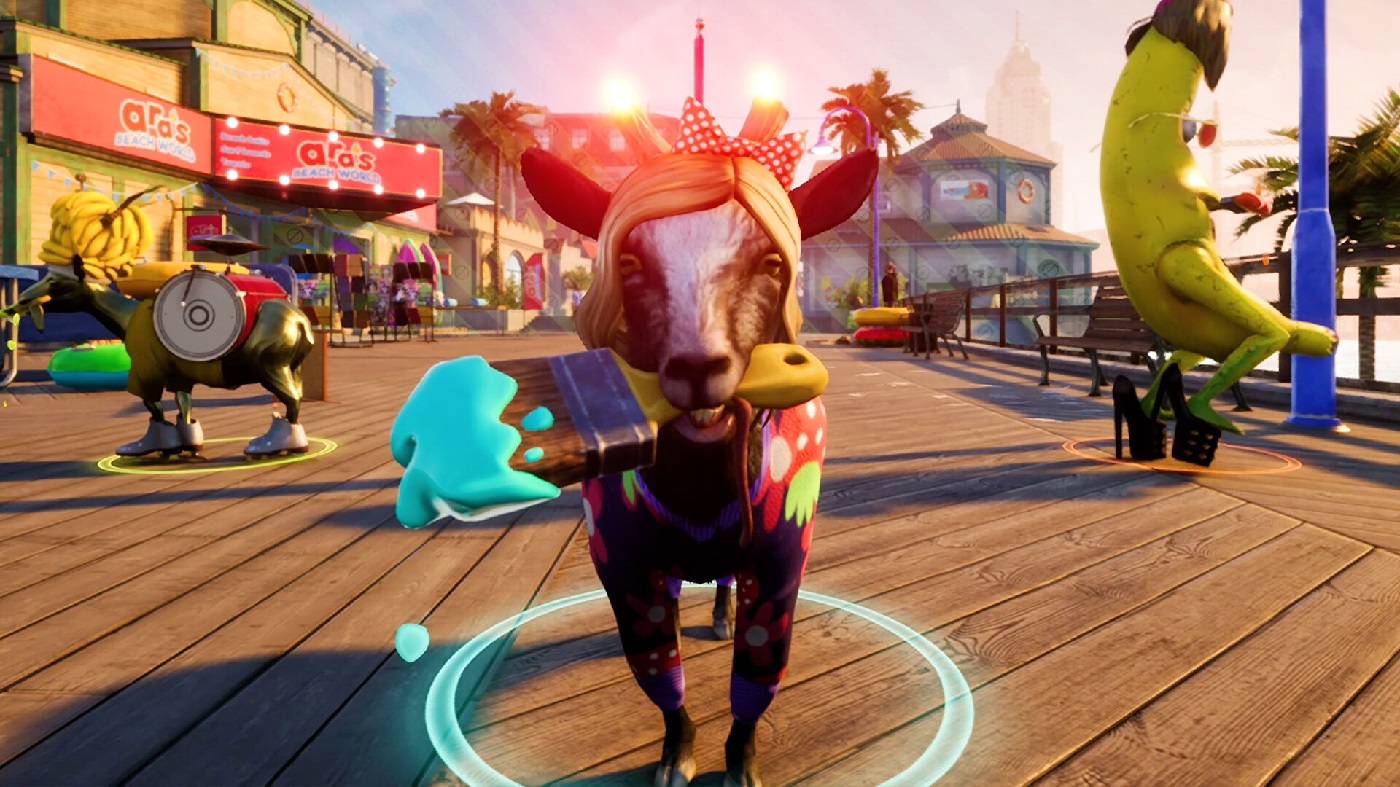# OpenAI Explores Measures to Improve Content material Transparency

Table of Contents
OpenAI Explores Measures to Improve Content material Transparency
With the generative AI content material wave steadily engulfing the broader web, OpenAI has at present introduced two new measures to help in facilitating extra transparency in on-line content material, and guaranteeing that individuals are conscious of what’s actual, and what’s not, in visible creations.
First off, OpenAI has introduced that it’s becoming a member of the Steering Committee of the Coalition for Content material Provenance and Authenticity (C2PA) to assist set up a uniform customary for digital content material certification.
As per OpenAI:
“Developed and adopted by a variety of actors together with software program corporations, digital camera producers, and on-line platforms, C2PA can be utilized to show the content material comes a selected supply.”

So basically, as you possibly can see on this instance, the intention of the C2PA initiative is to develop net requirements for AI-generated content material, which can then listing the creation supply within the content material coding, serving to to make sure that customers are conscious of what’s synthetic and what’s actual on the internet.
Which, if it’s potential, can be vastly helpful, as a result of social apps are more and more being taken over by pretend AI photos like this, which many, many individuals apparently mistake as legit.

Having a easy checking technique for such can be a giant profit in dispelling these, and will even allow the platforms to restrict distribution as effectively.
However then once more, such safeguards are additionally simply mitigated by even barely savvy net customers.
Which is the place OpenAI’s subsequent initiative is available in:
“Along with our investments in C2PA, OpenAI can also be creating new provenance strategies to boost the integrity of digital content material. This contains implementing tamper-resistant watermarking – marking digital content material like audio with an invisible sign that goals to be laborious to take away – in addition to detection classifiers – instruments that use synthetic intelligence to evaluate the chance that content material originated from generative fashions.”
Invisible indicators inside AI-created photos may very well be a giant step, as even screenshotting and enhancing such gained’t be straightforward. There might be extra superior hackers and teams that may possible discover methods round this as effectively, but it surely might considerably restrict misuse if this may be carried out successfully.
OpenAI says that it’s now testing these new approaches with exterior researchers, in an effort to decide the viability of its methods in visible transparency.
And if it may set up improved strategies for visible detection, that’ll go a great distance in direction of facilitating larger transparency in AI picture detection.
Actually, it is a key concern, given the rising use of AI-generated photos, and the approaching growth of AI-generated video as effectively. And because the know-how improves, it’s going to be more and more troublesome to know what’s actual, which is why superior digital watermarking is a vital consideration to keep away from the gradual distortion of actuality, in all contexts.
Each platform is exploring related measures, however given OpenAI’s presence within the present AI area, it’s vital that it, particularly, is exploring the identical.
Andrew Hutchinson




